Humans news stories
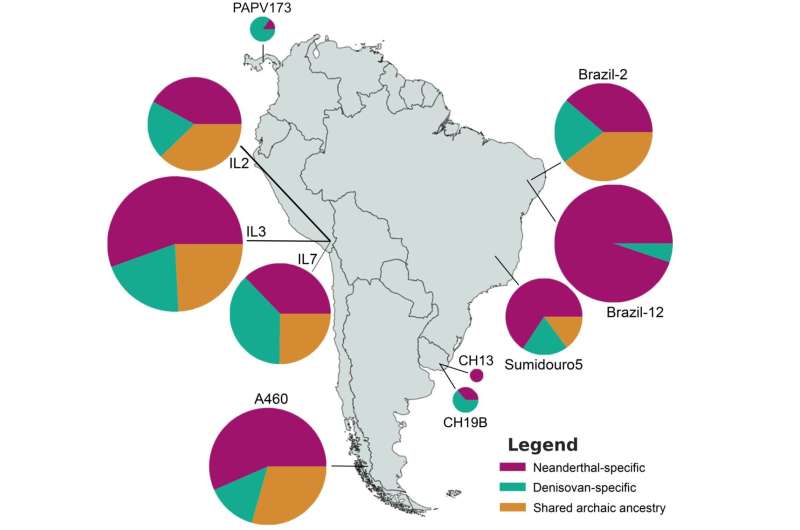
The Americas were the last continent to be inhabited by humans. An increasing body of archaeological and genomic evidence has hinted to a complex settlement process. This is especially true for South America, where unexpected ancestral signals have raised perplexing scenarios for the early migrations into different regions of the continent.

Marking the passage of time in a world of ticking clocks and swinging pendulums is a simple case of counting the seconds between ‘then’ and ‘now’… however, ‘then’ can’t always be anticipated. Worse still, ‘now’ often blurs into a haze of uncertainty.
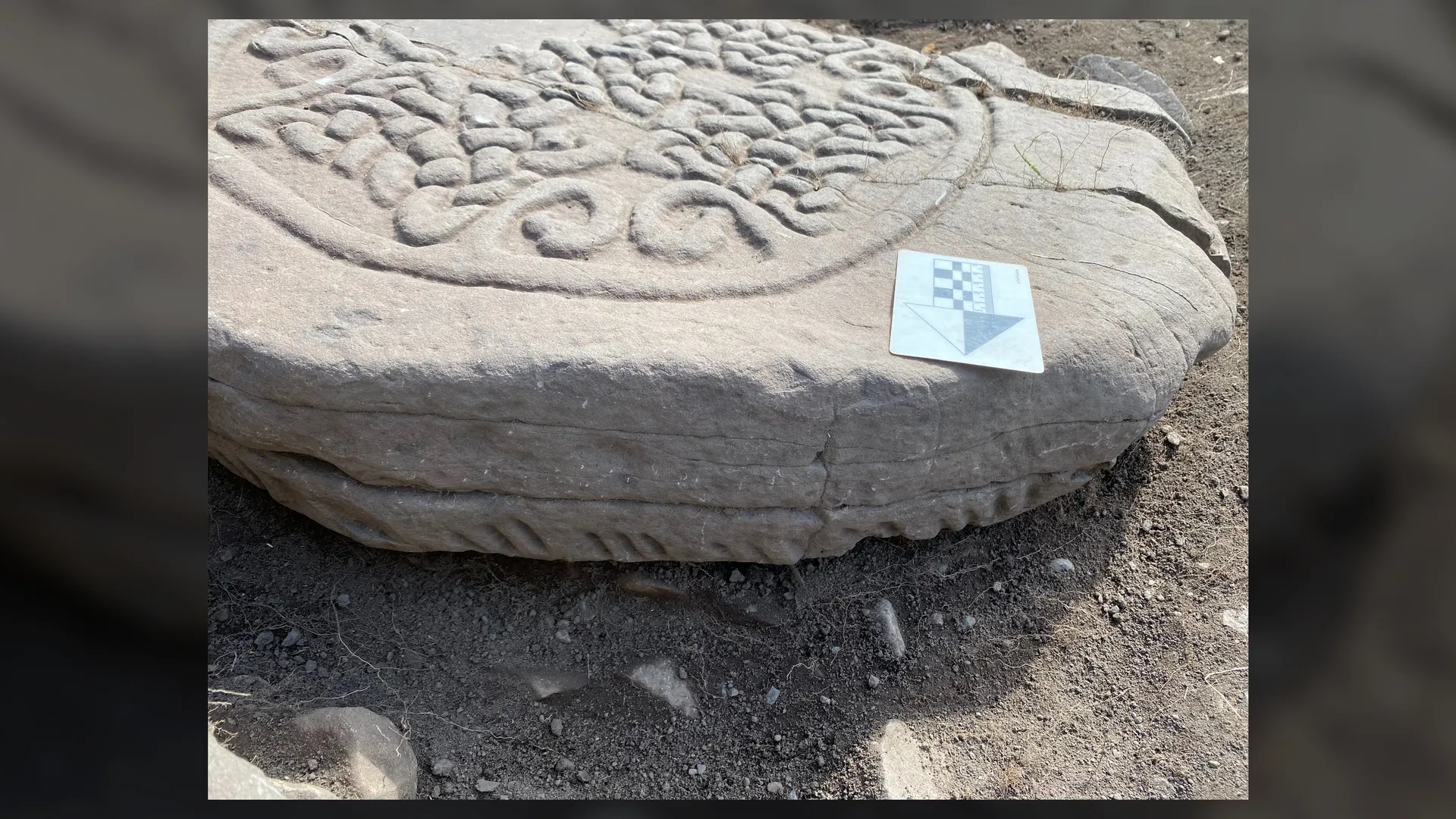
Archaeologists and volunteers have discovered a stone bearing a mysterious inscription and carved birds that the Picts of Scotland crafted more than a millennium ago.
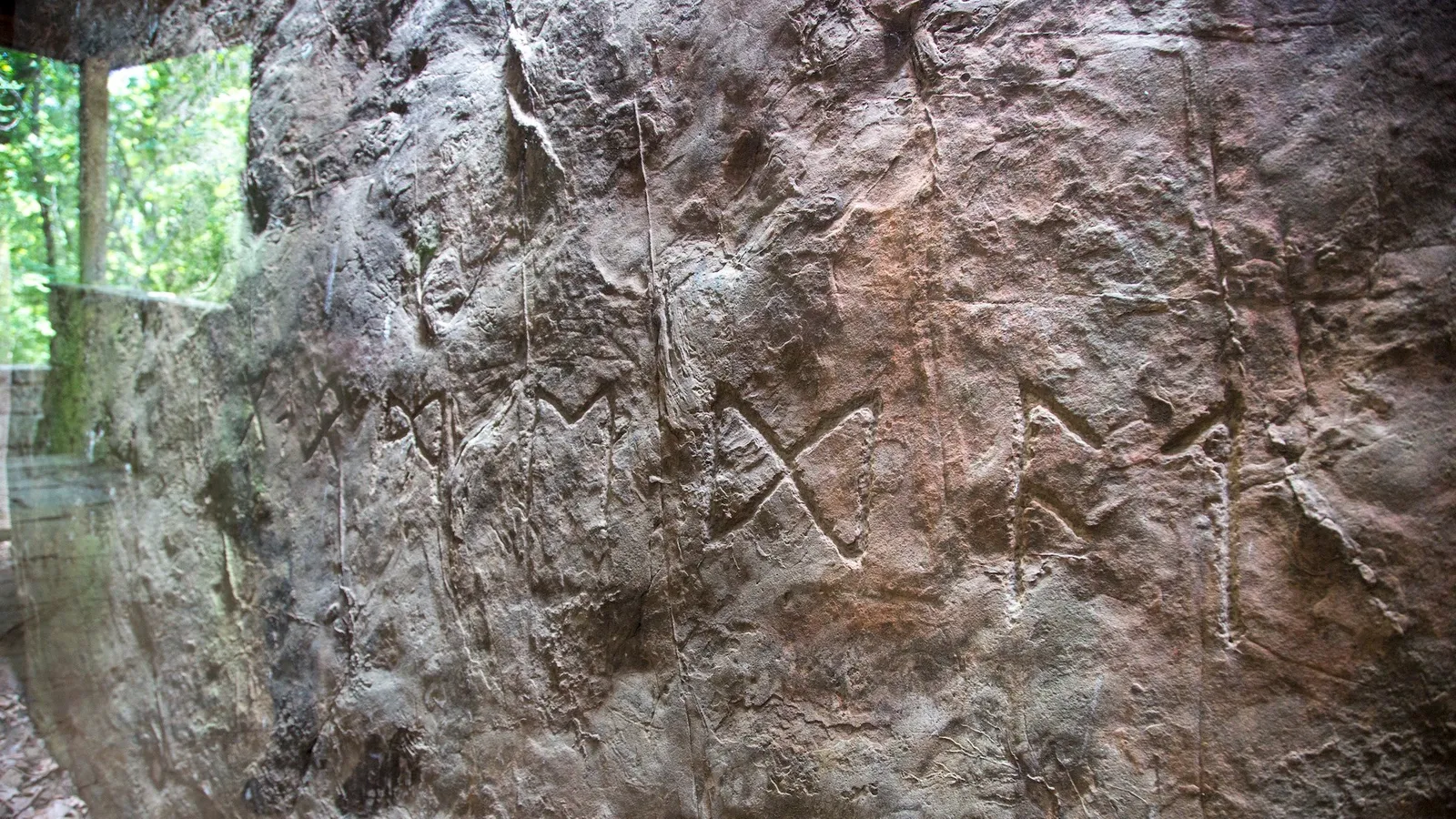
Did Vikings find their way to a remote part of Oklahoma? Some in a small community believe so, thanks to controversial runic carvings found in the area.
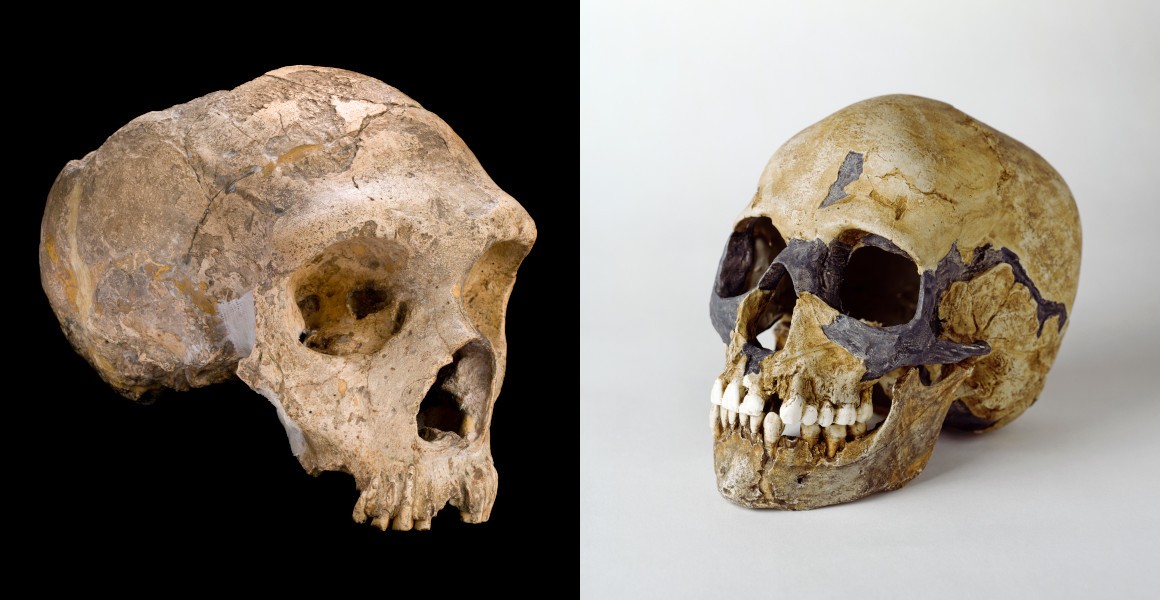
Making love, not war, might have put the Neanderthals on a path to extinction.

A team of researchers led by the Max Planck Institute for Psycholinguistics has tested the rhythmic abilities of harbor seals, a species of animals known to be capable of rhythmic learning. The analyses revealed that seals also have a sense of rhythm, being able to discriminate between rhythmic and non-rhythmic sequences early in life without any training or rewards.
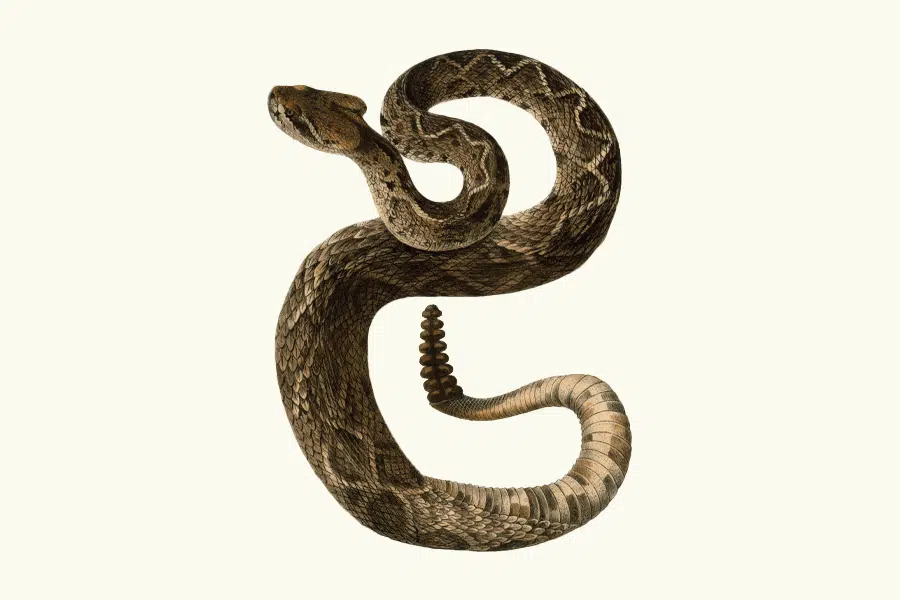
There are few animals as frightening and as fascinating as the snake. So why exactly have we obsessed over them for 70,000 years?
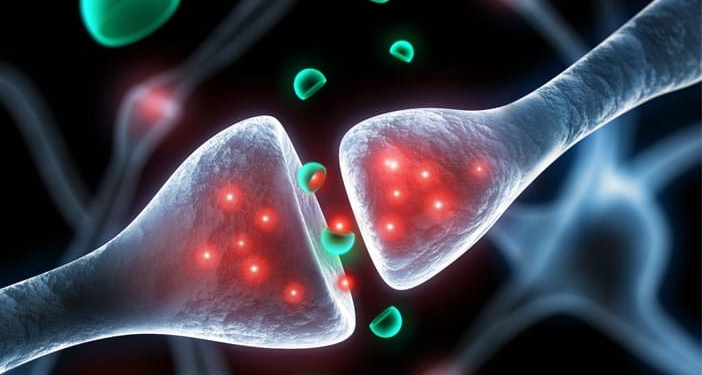
Which factors determine what we believe about our world, ourselves, our past, and our future? Cognitive neuroscience suggests that our beliefs are dependent on brain activity, specifically on the way our brains process sensory information in order to make sense of our environment.
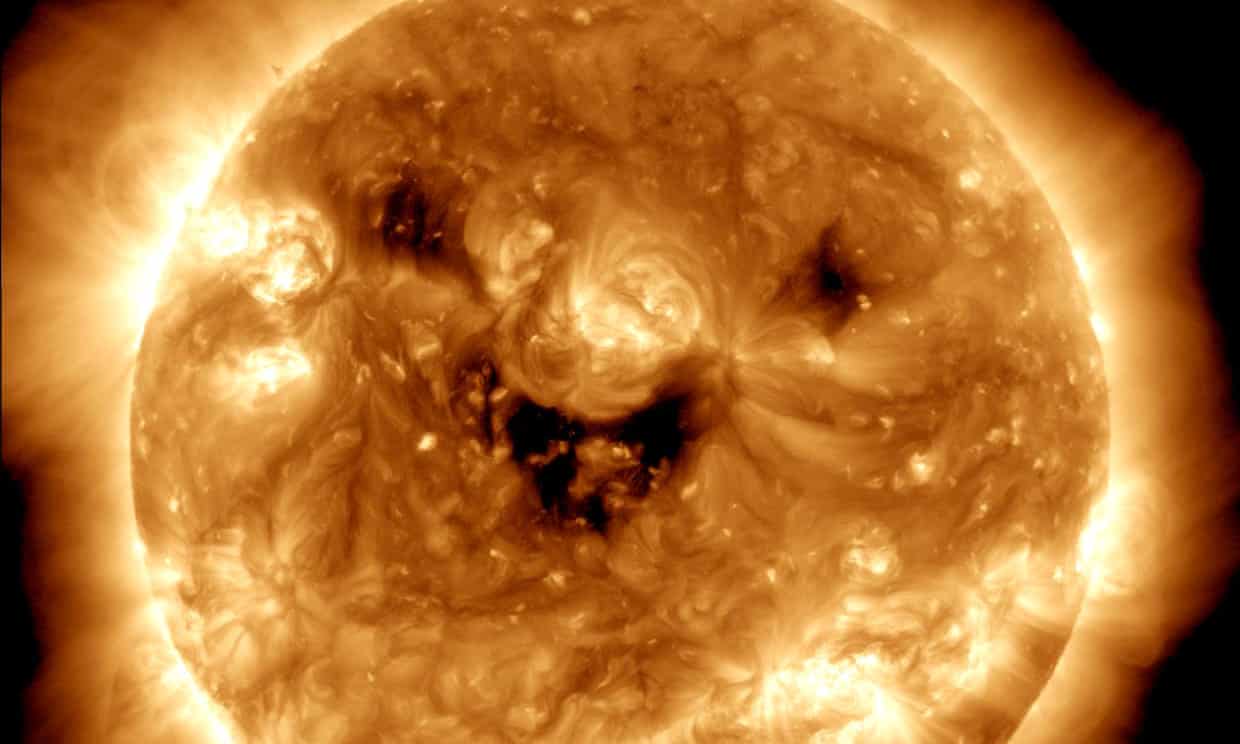
The agency released the image on Wednesday on Twitter, writing: “Today, Nasa’s Solar Dynamics Observatory caught the sun ‘smiling.’ Seen in ultraviolet light, these dark patches on the sun are known as coronal holes and are regions where fast solar wind gushes out into space.”
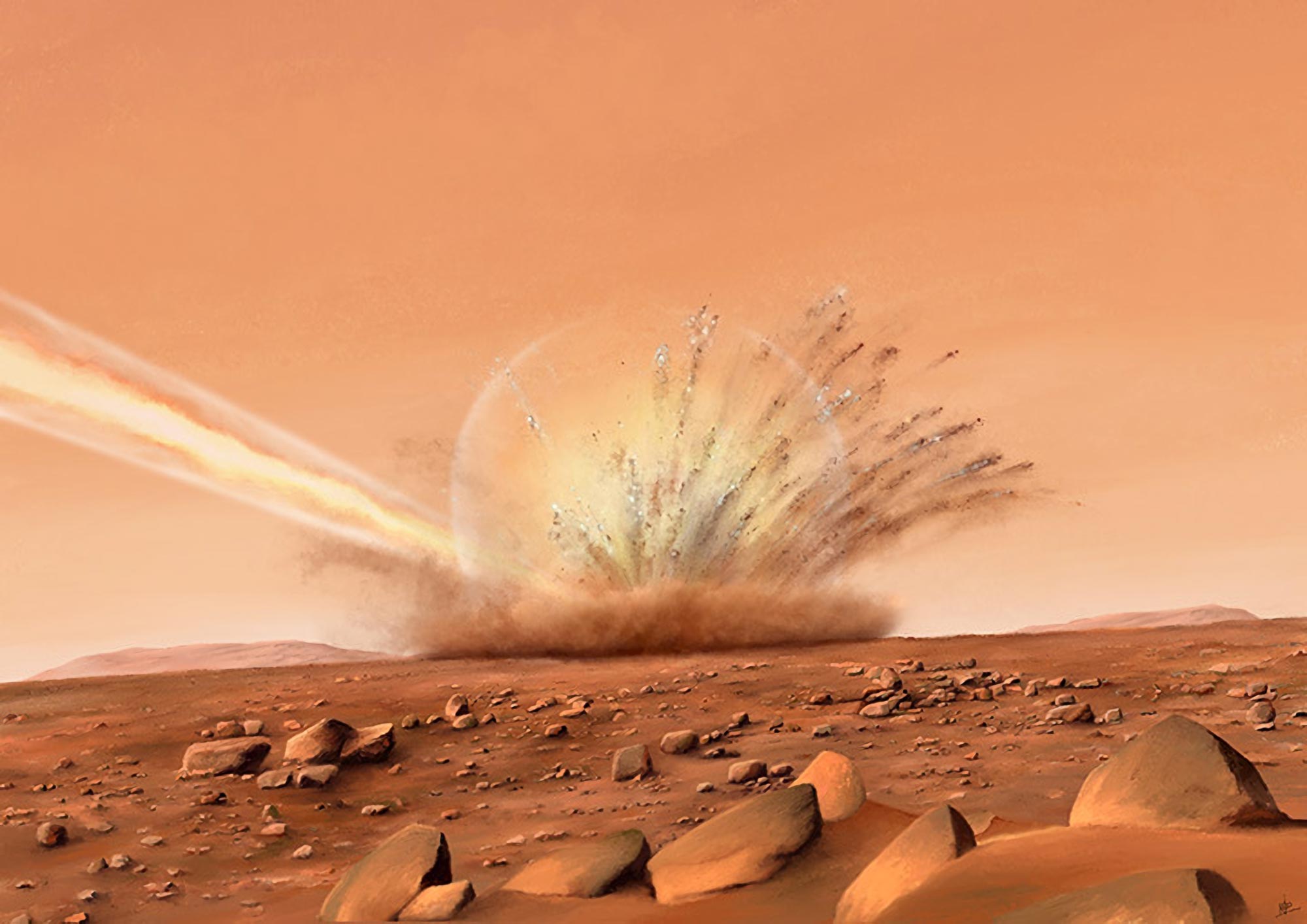
Last December 24, NASA’s InSight lander recorded a magnitude 4 marsquake. However, scientists only learned the cause of that quake later: a meteoroid impact estimated to be one of the biggest seen on Mars since NASA began exploring the cosmos.
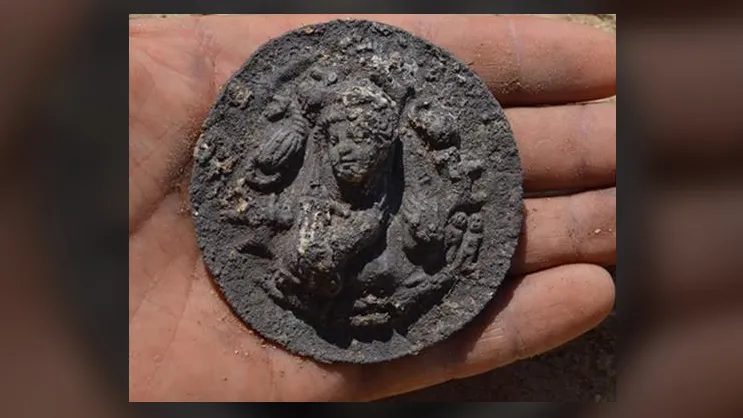
Russian archaeologists have unearthed an intricately detailed silver medallion of the Greek goddess Aphrodite in the 2,100-year-old grave of a young woman, possibly a priestess, on the northeastern coast of the Black Sea.

Germany wants to make it legal for adults to purchase and own up to 30g of cannabis for recreational use and to privately grow up to three plants, the country’s health minister has announced, saying the intended outcome could set a precedent for the rest of the European continent.

The psychedelic renaissance is responsible for easing regulations on psychedelic plants in some parts of the world, but in the Czech Republic, the ceremonial use of ayahuasca is still being prosecuted as a high crime. Last week, a Polish couple was sentenced to 8 years in prison for running private ayahuasca ceremonies at their home in the Czech Republic.
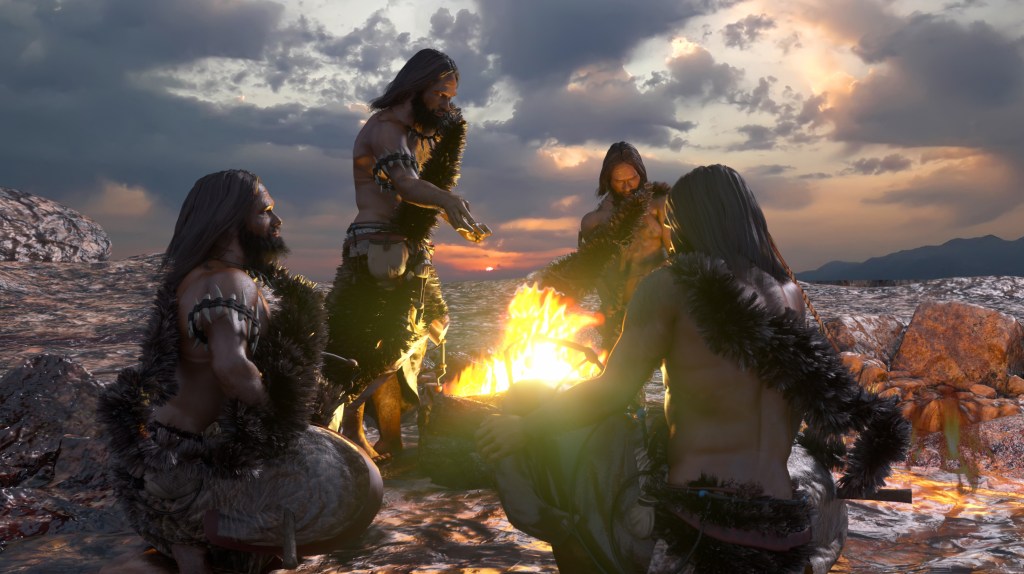
Our Paleolithic ancestors ate each other. We (Homo sapiens) did it. Neanderthals did it. Homo erectus and Homo antecessor did it. It’s highly likely that almost all hominins have practised cannibalism in some form. The only questions are “why” and “how much”?

Archaeologists in northern Iraq have unearthed 2,700-year-old rock carvings featuring war scenes and trees from the Assyrian empire, an archaeologist has said.
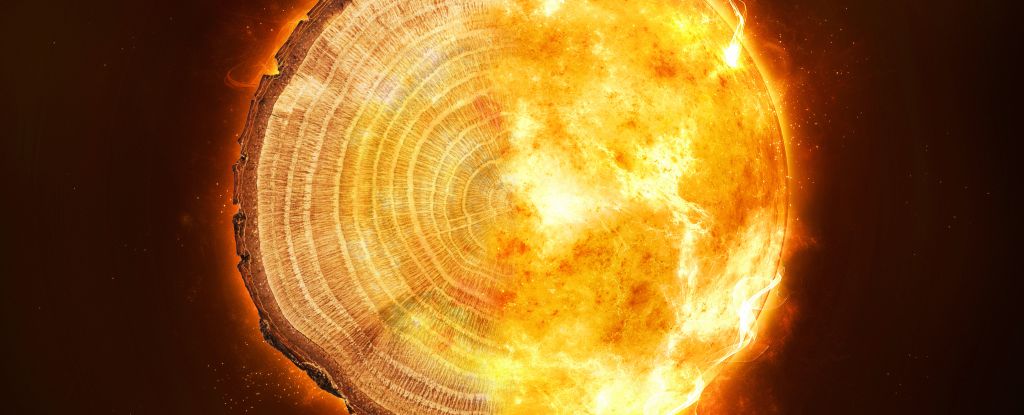
The history of Earth’s bombardment with cosmic radiation is written in the trees.








